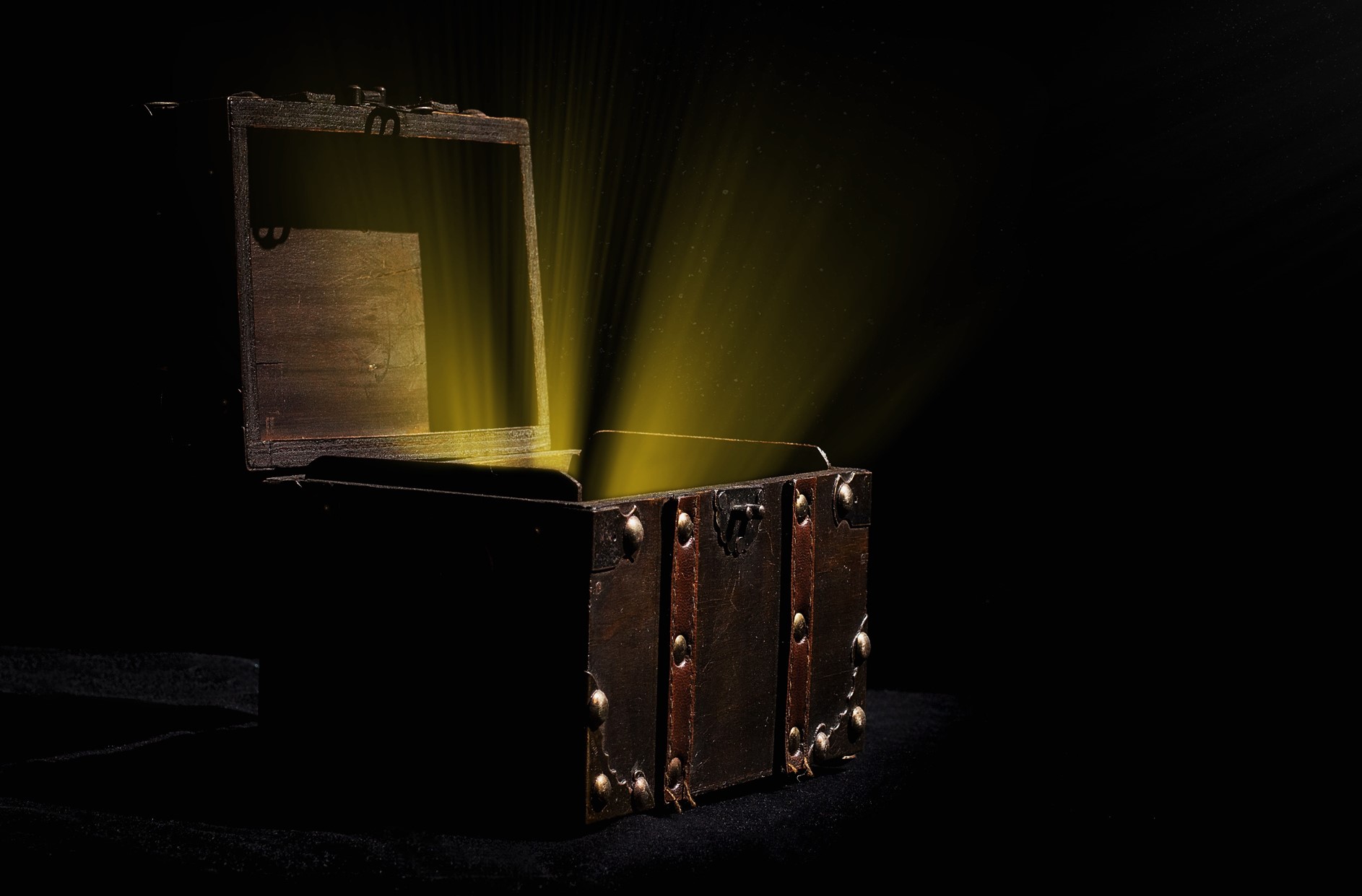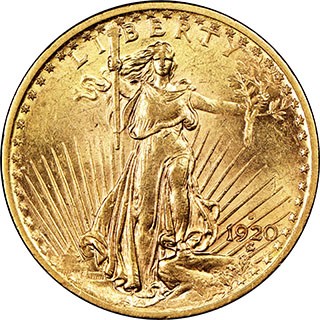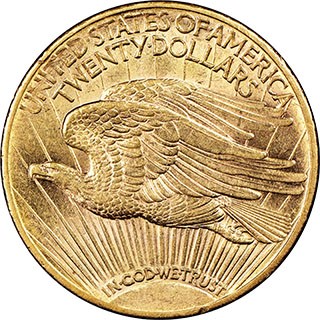Jeff Garrett: Consider a Box of Twenty
Posted on 2/23/2023
 |
One of the greatest innovations in the history of the hobby was the introduction of coin boards in the 1930s. Coin collecting was a fad during the Great Depression for those seeking a distraction from the world’s maladies. The process of filling holes in a coin board was addictive, and still is. Coin boards eventually became coin albums, and millions of collectors were introduced to the hobby this way, including myself. In 1969, a family friend gave me a Whitman coin folder for Lincoln Cents from 1941 to date. As they say, "the rest is history."
Collecting sets of coins has been the method of choice for generations of collectors. Most collectors choose a series that can be completed for the budget they have allocated to numismatics. This can include everything from finding coins in circulation to spending millions. Ultimately, however, the goal will be to find one of each date and mintmark for the series chosen.
 |
|
| A set of Roosevelt Dimes in their blue Whitman folder. Click image to enlarge. |
|
Once an individual decides what to collect, they then need to figure out what condition coins to target for their set or sets. In general, most of the collectors I have encountered buy the "best" they can afford. This has been age-old advice for generations and has usually served collectors well. When it's time to sell, the higher-quality coins will be the ones most in demand.
Collecting coins by set has taken a very dramatic turn in recent years. In years past, coin collecting was generally a solitary pursuit. Collectors would attend coin shows, auctions and dealer shops looking for coins to complete their sets. A few might have been interested in exhibiting their collections at rare coin conventions, but that was definitely a small minority. Basically, coin collecting was a very private affair for most.
The advent of "Set Registry" collecting dramatically changed how and why people collect coins. Coin collecting is no longer a solitary pursuit; instead, it has become a "blood sport" for thousands. Set registry competition is now a more public spectacle than secretive, as it was in the past. Bottom line: collectors love competing with each other for the top sets in every category you can think of. This includes everything from Jefferson Nickels to Saint-Gaudens Double Eagles. The creation of set registry collecting has been one of the biggest drivers for the hobby ever invented!
We have all read the headlines about the seemingly irrational prices collectors will sometimes pay for that one coin that will vault their sets up in the rankings. As a coin dealer, if my company acquires a "top pop" or finest-known coin of any category, we consign the coin to auction and wait for the fireworks. It's almost impossible to accurately predict the value of "top pop" coins.
Set registry collecting has been a huge boost for the hobby, but there are some downsides for collectors. When paying giant sums for that special coin, you are probably bidding against one or two others doing the same. Later, when it's time to sell your collection, there is no assurance that an underbidder will be there to battle for your trophy.
Another risk is that the grading services may grade another example of a previously finest-known coin. This happens with some regularity, and the financial consequences can be punishing. NGC grades thousands of vintage coins each month and the population numbers only go up.
Attempting to complete a set of any US coin series can be fun and fulfilling, but it is not the only way to pursue numismatics. There are other alternatives that can help you avoid the pressure of paying huge sums for that "must-have" coin.
Knowing my lifelong involvement with the hobby, I am often asked what coins I personally collect. As a professional, I love rare coins, but collecting a series by date and mintmark has never been my choice for enjoying the hobby. Like thousands of other rare coin dealers (now and in the past), we prefer to "put away" boxes of rare coins.
The term "put away" refers to saving those special coins we encounter when buying and selling rare coins. After dealing in coins for decades, I know when something is special, and that is what ends up in the box. For me, this includes coins from around the world and ancient coinage. I’m personally a sucker for Choice Mint condition ancient coins.
One of the inspirations for this article comes from a good friend of mine who competed vigorously in the set registry game. He assembled one of the finest sets of Saint-Gaudens Double Eagles ever assembled. His set, when completed, ranked near the top of the all-time best sets. After completing the set and relishing his achievement for a short time, he sold the collection at auction for about $10 million.
He still loves coins and has a passion for the hobby, but he has given up the set registry game in favor of buying coins for his so-called "Box of Twenty." His strategy for collecting now is to buy amazing coins from different series that he thinks are truly special. He maintains a box of 20 coins, and if something comes along that fits his criteria, he sells his least favorite coin in the box to make room. Occasionally, someone competing in the set registry game will make him an offer for something in his box, and if the price is right, he will sell and look for the next amazing coin.
 |
This gentleman’s coins are, for the most part, superb and are usually quite rare. The same strategy can be utilized, however, for collectors of any means and budget. A box of beautifully toned but circulated Bust Half Dollars would be a great example. The same could be done for buying from any series of coins with an eye for quality for the grade.
Another client friend of mine has been trying to buy 20 coins listed in my 100 Greatest US Coins book. It will be a stretch for his budget, but he’s excited for the challenge. The same could be done for much less by buying coins listed in my 100 Greatest Modern Coins book.
The biggest advantage of collecting a special box of 20 coins is that you will not feel the pressure to pay huge sums for that one coin to complete your set. You can be patient and just buy coins that you think are special. Buying random coins from different series with an eye for quality can pay dividends in the long run. The coins you are collecting will be in demand from those competing in the set registry game.
The founder of NGC, Mark Salzberg, collects coins in this manner, and he has assembled an amazing array of superb coins. I like to refer to his collection of coins as "miracles of numismatics." He never considered buying coins to complete sets, but used his extensive numismatic knowledge to spot opportunities for amazing coins when they were offered. In recent years, the market has more than validated his strategy.
There are a lot of ways to collect coins, and you should consider the advantage in buying coins for what they are — beautiful, rare, great story, etc. — and not just because you need the date and mintmark to complete a set. Interestingly, the collector who sold his 1933 Double Eagle recently for over $18 million only had one coin: his box of ONE!
Want to see more articles like this? Subscribe to the free NGC Weekly Market Report.
Stay Informed
Want news like this delivered to your inbox once a month? Subscribe to the free NGC eNewsletter today!
Add Coin
Join NGC for free to add coins, track your collection and participate in the NGC Registry. Learn more >


